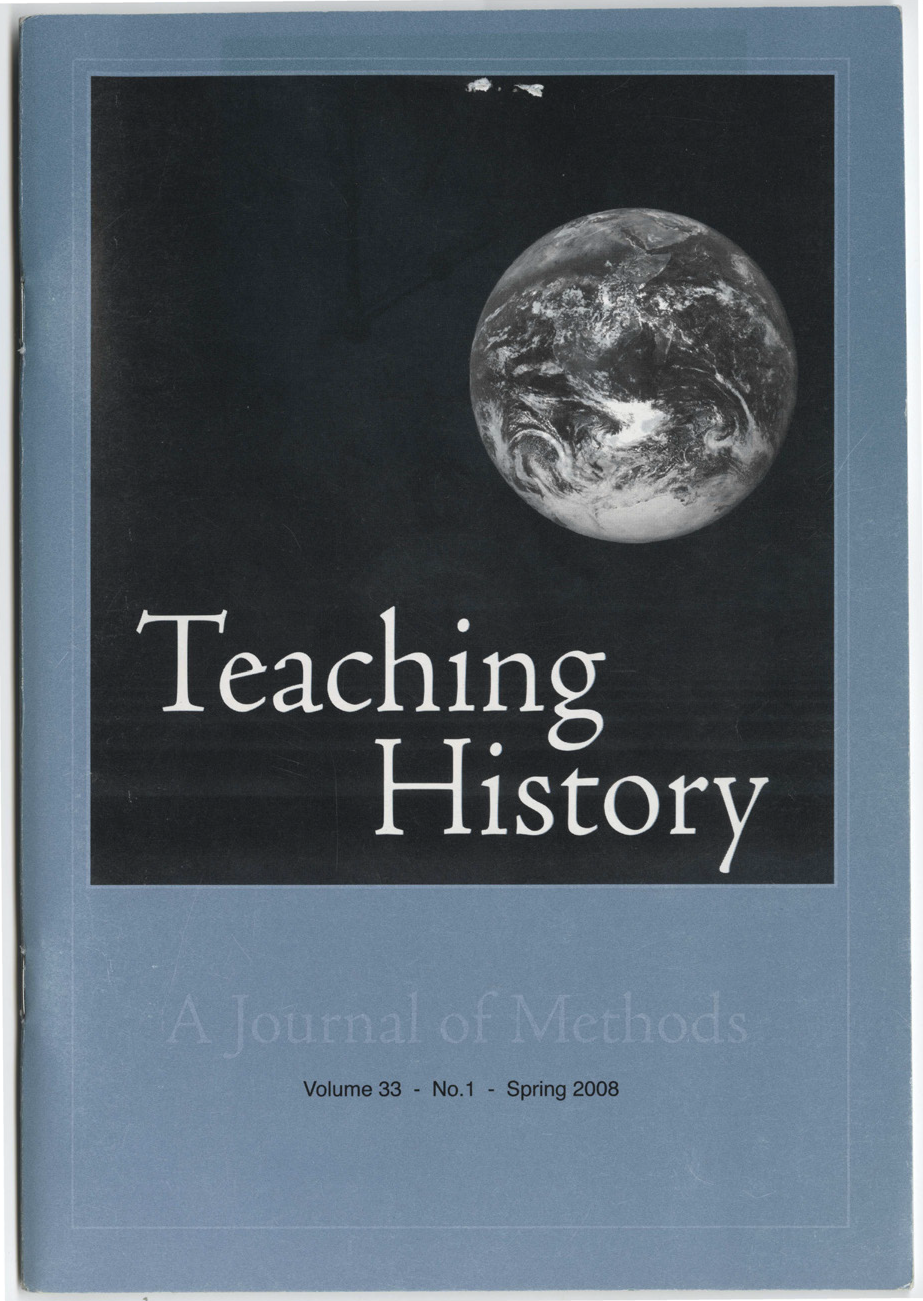Incorporating Films Into A History Classroom
A Teaching Note
DOI:
https://doi.org/10.33043/TH.33.1.28-32Abstract
While reading and writing remain at the core of the history classes that I teach, it is simply a fact of life that, as Robert Toplin and Robert Rosenstone have argued persuasively, students tend to receive most of their history through film and television.1 Accordingly, it is imperative that history teachers provide them with some tools for visual literacy. Faculty and students discuss these topics today in the nation's graduate schools, but when I was pursuing my advanced degrees in history, no consideration was given to the subject of film. I found it necessary to educate myself in the grammar of film by reading such essential texts as David Bordwell and Kristin Thompson's Film Art.2 History teachers also must recognize that there are differences between history on film and traditional historical writing, but it is important to acknowledge that both films and monographs are reconstructions of the past. In telling about the past, filmmakers as historians must compress certain details and characters to fit within a two-hour format. History teachers should concentrate on whether cinematic history contributes to our understanding of the larger historical truths rather than focusing on the minutia of detail.
Downloads
Downloads
Published
How to Cite
Issue
Section
License
Copyright (c) 2008 Ron Briley

This work is licensed under a Creative Commons Attribution-NonCommercial-NoDerivatives 4.0 International License.
By submitting to Teaching History, the author(s) agree to the terms of the Author Agreement. All authors retain copyrights associated with their article or review contributions. Beginning in 2019, all authors agree to make such contributions available under a Creative Commons Attribution-NonCommercial-NoDerivatives 4.0 International license upon publication.



